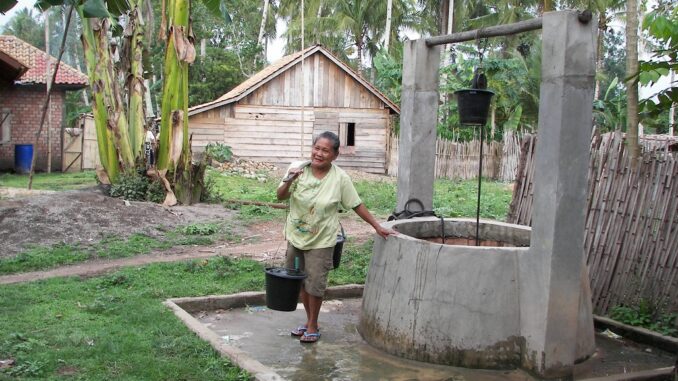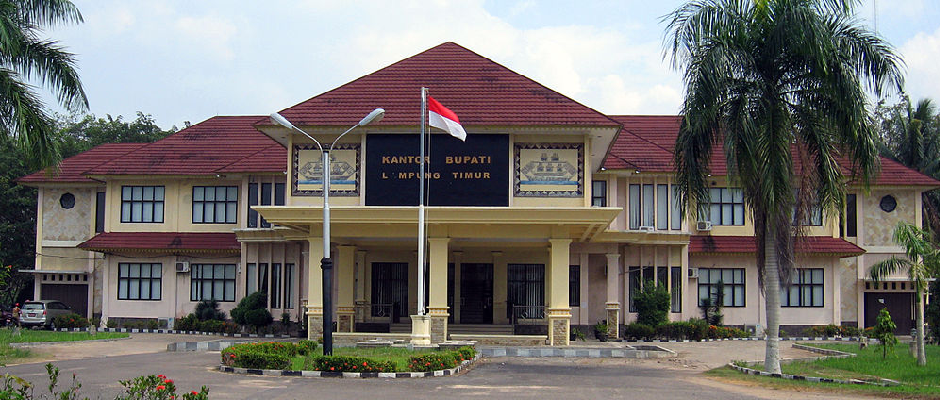
Community-led service delivery is an effective method of providing basic public services to populations and, at times, the only option. Yet, despite attempts by development practitioners to improve the sustainability of this method of delivery, the evidence on how to do so effectively remains mixed. Studies have documented the failure of community-led water points as a critical concern in most parts of the world.
This is especially true in the water sector. Globally, 30 to 40 percent of community-managed water systems are estimated to be malfunctioning much sooner than their infrastructural life. The cost of these failed water systems is estimated to be US$1.2 billion to US$1.5 billion in Sub-Saharan Africa alone. The question, pertinent as ever, is this: under what conditions can we expect foreign aid projects to create sustainable community management of local service delivery?
A recent World Bank study, titled, Governance Drivers of Rural Water Sustainability: Collaboration in Frontline Service Delivery, offers some evidence on this issue, based on an analysis of water governance in Indonesia. The authors use a 10-year old panel data from Indonesia’s community-led rural water project, the Program for Community-Based Water Supply and Sanitation (Program Air Minum dan Sanitasi Berbasis Masyarakat, PAMSIMAS) to explore why some communities have been able to manage water systems for over 10 years on their own while the majority breaks down much sooner. Using project- and village-level data, the authors first test for determinants of sustainability and then use in-depth qualitative analysis of outlier cases to explore mechanisms or channels of impact. As such, the paper contributes to a small but growing literature on the ability of project-induced participation to generate long-term local infrastructure management.
The World Bank study finds that infrastructure sustainability is highly associated with the levels of community participation; however, the village’s socioeconomic conditions and village water conditions affected the strength of this relationship. Sustainability is more likely in villages with higher financial capacity for maintenance and more favorable water conditions.
In further analyzing the outliers, however (where systems were sustainable despite being located in poorer socioeconomic and water conditions and vice versa), the World Bank paper found out that it was, in fact differences in the quality of community participation, in turn driven by local socio-political relations, that further explained the community’s ability to sustain infrastructure.
The World Bank paper provided a review of the current evidence on drivers of sustainability in rural water supply and the contribution of this research, details the regression findings on determinants of sustainability, review of the use of the outlier case studies, and recommendations on the ways in which projects could improve water system sustainability in the longer term.
The identification of good practice institutional forms and functions seldom translates linearly into practice though. The analysis elucidated the conditions that are necessary for external projects to enable sustainable community management of water systems. The analysis indicates that although structural determinants such as the village’s socioeconomic conditions and the water quality largely explain the likelihood of sustainability of infrastructure, that was in fact community participation that mediates the impact of structural factors.
The relationship between village authorities and water user groups, in particular, the willingness of village leaders to cooperate with project personnel and community members, conditions the quality of participation that projects could forge. The incentives of both the village authority as well as the water user group leader matter a great deal in the demand for the project, the space provided for community mobilization, the effectiveness of trainings and capacity building by facilitators, and the day-to-day operations and management of the water systems.
The World Bank paper argues that the incentives to cooperate in turn emanate from both a desire for personal growth and for moral standing and that the two were difficult to separate. Therefore, the paper suggests that in contexts where local government and community ties are more synergistic and, though maybe driven by self-interest, are precisely not at the expense of communities, they play an important role in generating sustainable collective infrastructure management.
Project managers should therefore pay more attention to local socio-political ties during project preparation and ensure that projects are implemented in a way that will generate reduced transaction costs and an innovative space for water user group leaders. In this manner, projects can attempt to induce a positive pathway of community management at best or avoid a negative pathway at worst.
Read the full report on the World Bank website:
Dikshya Thapa, Muhammad Noor Farid and Christophe Prevost. 2021. Governance Drivers of Rural Water Sustainability : Collaboration in Frontline Service Delivery (English). Policy Research working paper, no. WPS 9798 Washington, D.C. : World Bank Group.
Photo credit: Fetching water from a village well, South Sumatra, Indonesia, 2006. Rani Noerhadhie/AusAid. Used under Creative Commons license (CC BY 2.0).



